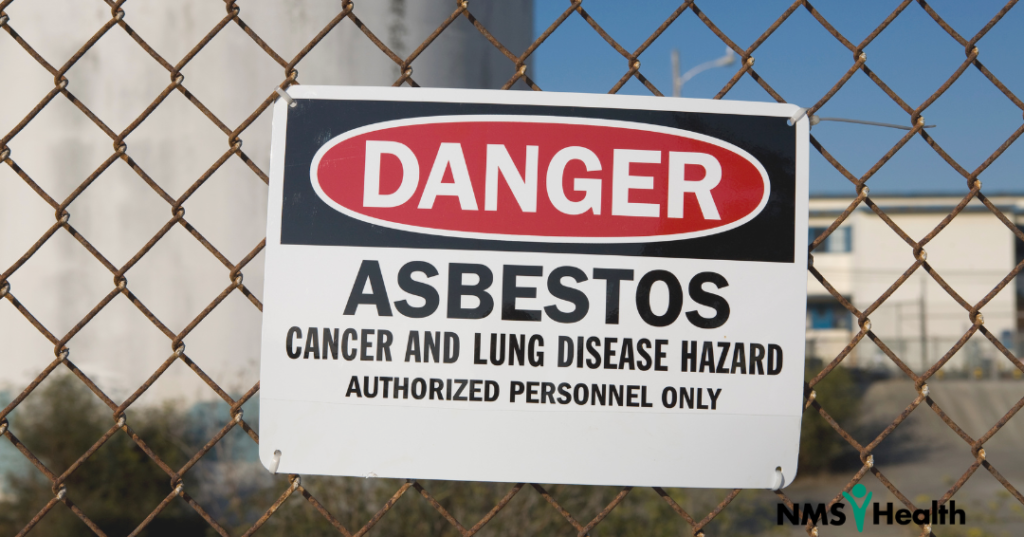A recent report from the Centers for Disease Control and Prevention (CDC) has revealed troubling data about the relationship between occupational exposures and Idiopathic Pulmonary Fibrosis deaths, a progressive and often fatal lung disease. Between 2020 and 2022, nearly 68,000 deaths were attributed to IPF among U.S. workers, with approximately 21% of those deaths potentially linked to harmful job-related exposures. This new information underscores the importance of prioritizing workplace safety and health initiatives to protect workers from preventable diseases.
Understanding IPF
IPF is characterized by progressive lung tissue scarring, leading to a gradual decline in lung function. It commonly presents with symptoms such as shortness of breath and a persistent, nonproductive cough. Sadly, it also has a poor prognosis, with most patients surviving only 3-5 years after diagnosis. While the disease’s exact cause remains unclear, a significant body of research points to various risk factors. These include smoking, genetic mutations, and viral infections. However, occupational exposure is a notable contributor to IPF risk, especially to harmful substances like wood dust, metal dust, and pesticides.
Industries and Occupations at Higher Risk
The CDC report identifies industries with elevated IPF mortality rates. The CDC report highlights industries with higher rates of IPF mortality. Males working in manufacturing experienced the highest number of IPF-related deaths. Meanwhile, females in the healthcare and social assistance sectors also faced significant mortality rates. Public administration and educational services industries also showed elevated proportionate mortality ratios (PMRs), indicating an increased risk of IPF-related deaths among workers in these fields.
Healthcare practitioners and technical workers were found to have elevated PMRs in terms of occupations. This highlights the potential risks of exposure to biological, chemical, and physical hazards in their environments. Many of these workers are regularly exposed to secondhand smoke, vapors, dust, fumes, and bioaerosols, all of which could contribute to the development of IPF over time.
How Employers Can Help Prevent Idiopathic Pulmonary Fibrosis Deaths
Given the strong link between specific industries and occupations and elevated IPF mortality rates, employers must take steps to protect workers from harmful exposures. Providing personal protective equipment (PPE), improving workplace ventilation, and ensuring safe work practices can all help minimize exposure to dangerous substances. Employers should also consider regular health monitoring. Workers in high-risk roles, particularly those with prolonged exposure to dust or chemicals, could benefit from monitoring.
Organizations in higher-risk industries should prioritize ongoing health surveillance to catch early signs of lung disease and allow for timely intervention. Employers can significantly reduce the long-term impact on their workforce by identifying and addressing workplace hazards before they lead to health complications.
While the CDC’s findings are a vital first step in understanding the occupational risks associated with IPF, continued research and surveillance are essential to address the issue. Further studies are needed to confirm the exact nature of these exposures and how they contribute to the development of IPF. Employers should support and participate in these efforts by staying informed about the latest research and adjusting workplace practices accordingly.
Ready to elevate your workforce’s health? Partner with NMS Health for your occupational health screenings and vaccinations. With NMS Health, you are not just identifying and preventing future illness; you’re investing in a safer, healthier future for your team. Get started today!


